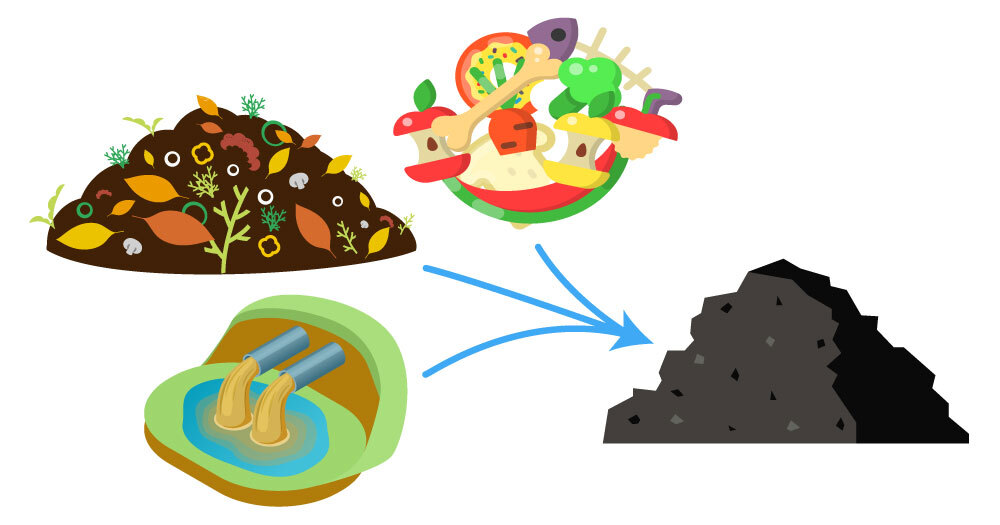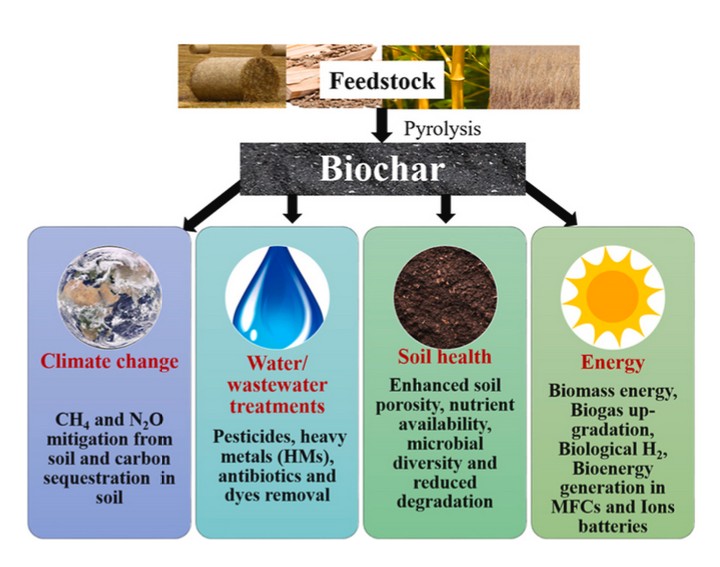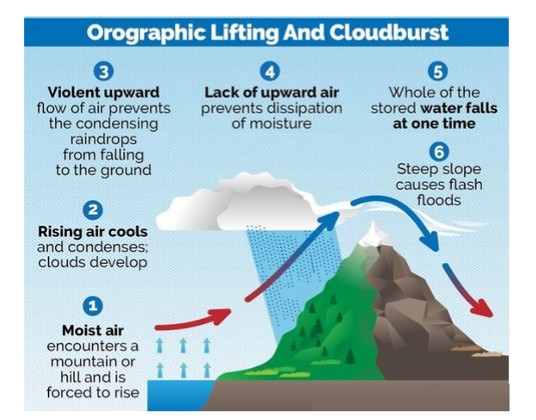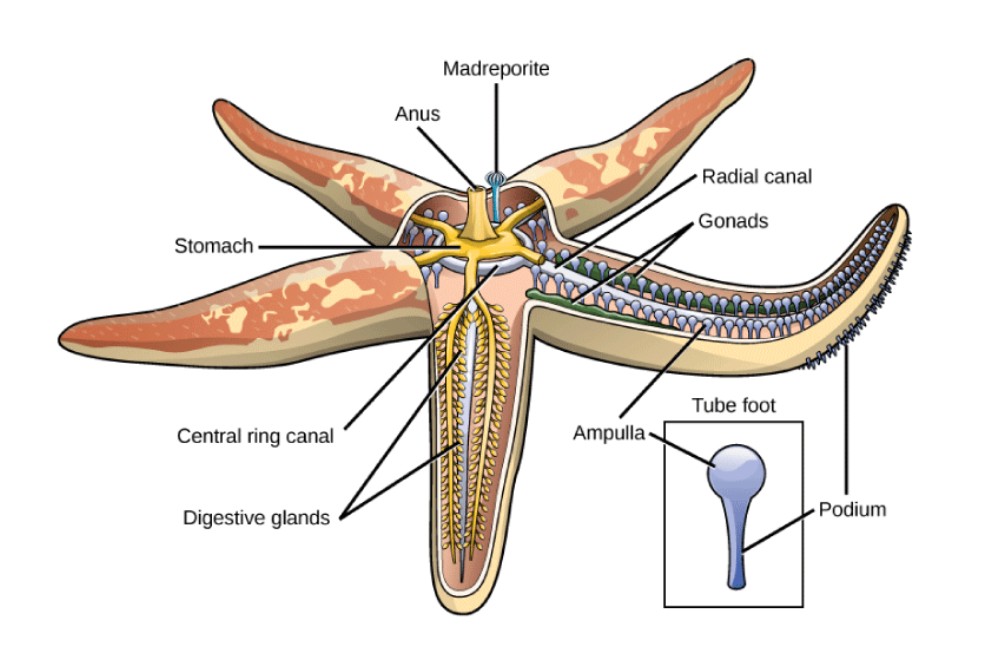The promise to deliver social welfare at scale, using data-driven algorithms, may be at the cost of ‘democratic norms’ and ‘political accountability’
India’s welfare model is undergoing a silent but radical transformation. What was once a deliberative system grounded in rights and citizen needs is now morphing into a technocratic model governed by data, code, and efficiency. This shift raises a key question: Can dignity and justice survive when welfare becomes measurable but impersonal?
From Entitlement to efficiency: The new welfare playbook
Over the past decade, India has moved from rights-based entitlements to an algorithm-led delivery model—what scholars call a technocratic calculus.
- Aadhaar: Over 1 billion enrolled; enables biometric verification to curb duplicate beneficiaries.
- DBT (Direct Benefit Transfers): 1,206 schemes unified under Aadhaar; ₹3.48 lakh crore saved via leakages plugged.
- CPGRAMS and grievance portals: 36 digital platforms now streamline complaints.
That’s the infrastructure. But the implications run deeper. This marks a shift from deliberative welfare (based on rights and dialogue) to calculative welfare (based on metrics like coverage, leakage, speed).
Promises vs. Perils:
1. Efficiency vs. Empathy
Welfare delivery is now fast, traceable, and auditable. But it risks treating citizens as data profiles, not as individuals with needs. Algorithms can’t ask moral questions. Bureaucrats avoid hard choices by letting systems decide.
2. Political Accountability Diluted
Leaders now point to dashboards instead of taking responsibility. Decisions on who deserves support are increasingly delegated to code.
3. Institutions Under Strain
- RTI backlog: Over 4 lakh pending cases (June 2024)
- Vacant CIC posts: Weakens transparency
- CPGRAMS: Acts more like a ticketing system, not a democratic grievance platform. Visibility is centralised, but not responsibility.
4. Shrinking Social Sector Investment
- Welfare spending has dropped from 21% to 17% of GDP (2014–2025)
- For vulnerable groups (SCs, minorities, labour, nutrition), allocations shrank from 11% pre-COVID to just 3%
- The paradox: as delivery gets smarter, commitments get thinner.
The Deeper democratic concern:
When welfare turns technical, it becomes less political. Philosopher Habermas warned of this: expert-rule can silence democratic debate. In India’s case, welfare governance is increasingly auditable, but less answerable.
What Needs Fixing?
- Embed human judgement in digital systems: Algorithms should aid, not override, political reasoning.
- Revive deliberative spaces: Local bodies, gram sabhas, and social audits must regain teeth.
- Reinvest in social sector spending: Efficiency must not justify austerity.
- Reimagine grievance redressal: Make platforms citizen-centric, not just data-driven.
Way forward:
- Federal Pluralism: Empower States to design context-sensitive welfare regimes, reinforcing federalism and pluralism.
- Impact Audits: Institutionalise community-driven impact audits through Rashtriya Gram Swaraj Abhiyan and Gram Panchayat Development Plans.
- Platform Cooperatives: Build platform cooperatives in all States with self-help groups as intermediaries, inspired by Kerala’s Kudumbashree.
- Civic Engagement: Incentivise civil society to promote grassroots political education and establish legal aid clinics for stronger community accountability.
- Resilience Mechanisms: Strengthen and codify offline fallback systems, human feedback safeguards, and statutory bias audits.
- Digital Rights: Embed the “right to explanation and appeal” in digital governance frameworks, in line with UN Human Rights recommendations.
Digital welfare is not the problem. The problem is when it replaces, not supports, democracy. India must blend technology with trust, efficiency with empathy, and code with conscience. Only then can welfare remain a tool for justice—not just for savings.
Possible GS2 Mains Question:
- India’s welfare governance has shifted from rights-based entitlement to algorithmic delivery. Critically examine the democratic and institutional implications of this shift. Suggest reforms to align technology with constitutional values.
Get an IAS/IPS ranker as your 1: 1 personal mentor for UPSC 2024
Attend Now







